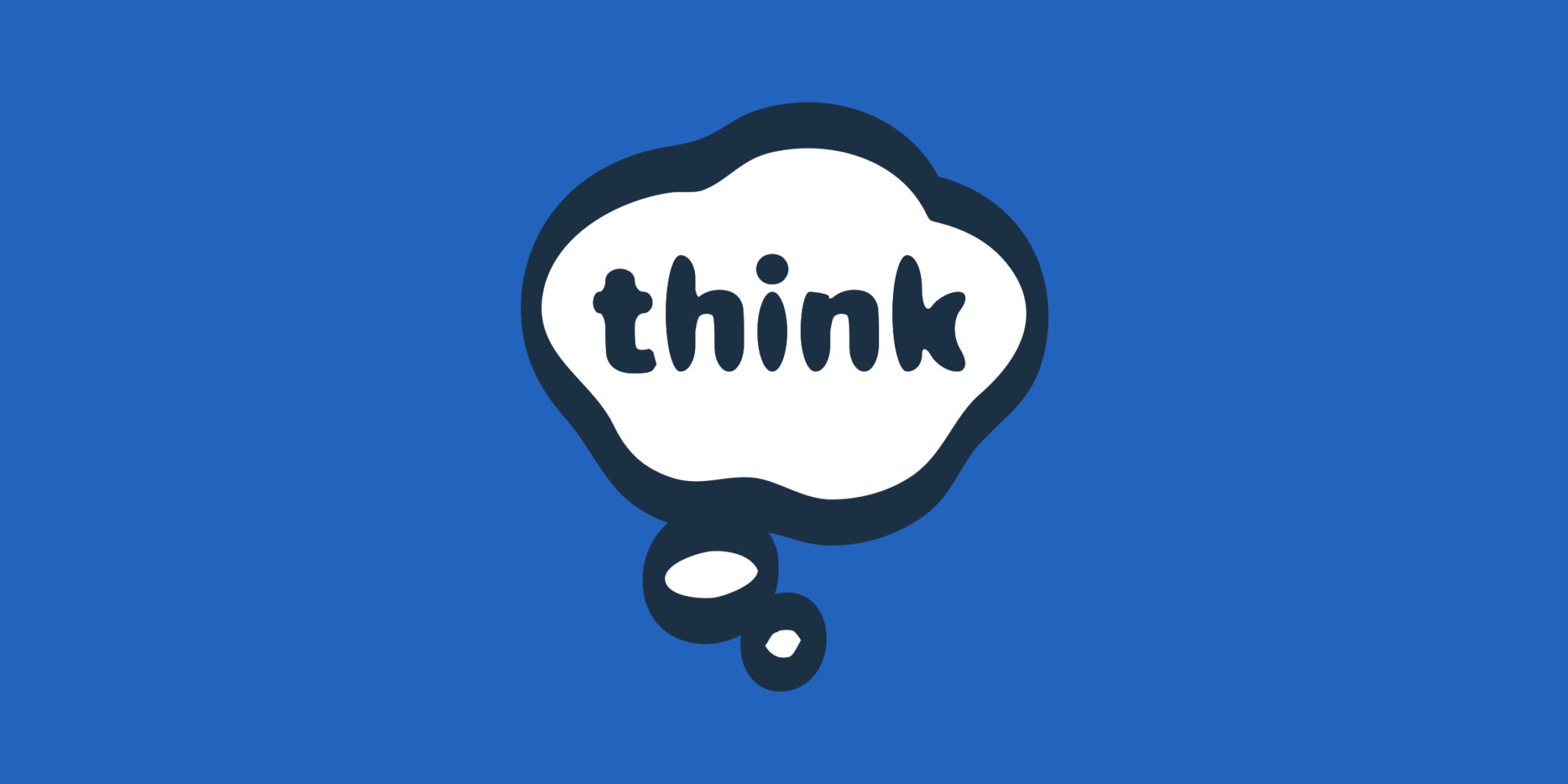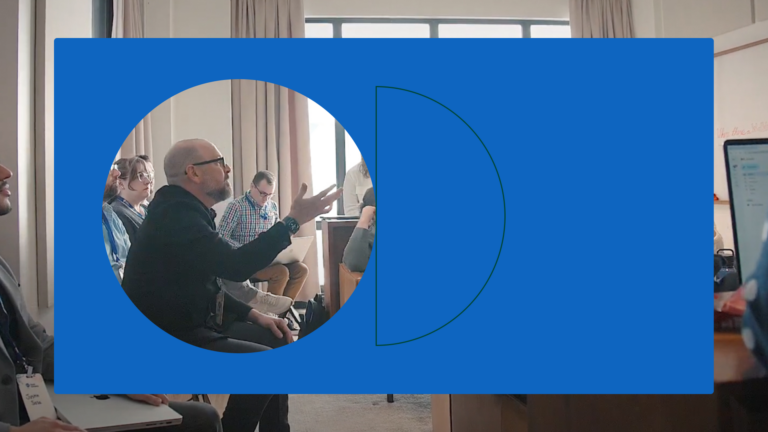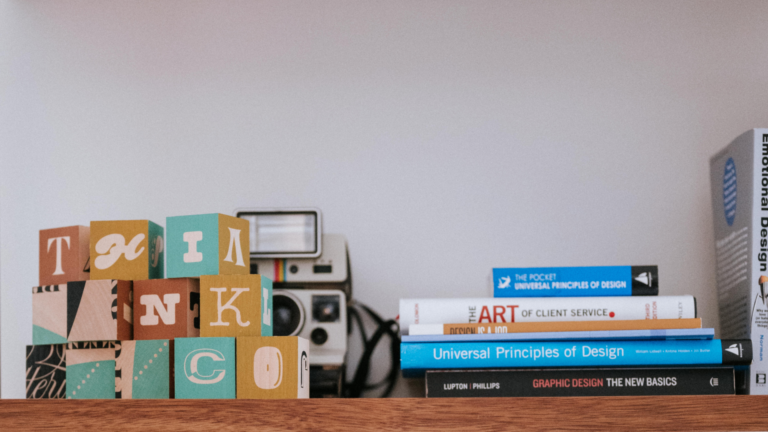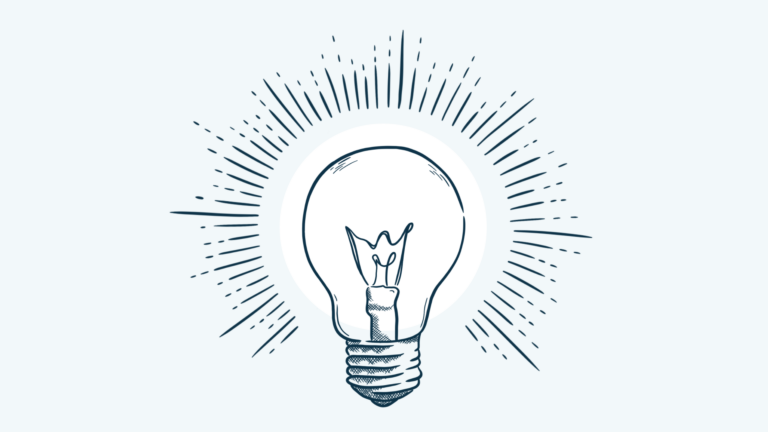COVID-19: Lessons we’re learning

It’s March 27th, 2020. I hope that in the future, when the COVID-19 pandemic is discussed as a historical event, this date will be closer to a time of clarity and control than it feels today. There’s probably no better way to set the context for my thoughts to follow than how Stewart Butterfield, CEO of Slack (one of our lifelines right now), did in this epic Twitter thread: “I’m a human. I worry about my family and am deeply concerned about the millions whose jobs and health are at risk. But I’m also a CEO and (this blog post is) about work. With that in mind…”
The world is about to change significantly from how we did things a mere two weeks ago, and in many ways already has. For a large number of organizations, whether you were ready to go fully remote or not, you’re sure living it now.
Lesson 1: We’ve Seen Some Elements of This Before
After 9/11 (one more time I want to be clear that I am not invoking that event lightly—it was similarly full of loss, fear, wondering what would come next and how our lives, and work, would change), we saw a shift in how everyone worked. The immediate standstill of the business world and multi-day shutdown of the travel industry were the most obvious impacts. When things started to wake up again, a strong change in approach to IT infrastructure became even more critical for businesses—for example, even though financial services companies were able to rebuild their infrastructures relatively quickly, they still relied on physical backups that were days, if not weeks old—and that would no longer do. At this point we saw dramatic increases in things like:
- Software as a service (SaaS)
- Cloud-based IT services
- Reliance on internet access and wifi at work
- Use of broadband services at home
We knew we were preparing for the next incident, but not too many would have predicted that it would send us all home to work for weeks on end, rather than recovering back at the office. New standards for working and entire business models will spring from this that not too far in the future we’ll be able to point to COVID-19 as their genesis. We should all be keeping our eyes open not only so that we can capitalize on opportunities, but so that we don’t get left behind with technology and norms that will be (even more) antiquated in the workplaces to come.
Lesson 2: Be Mindful of How You Frame The Help You Can Offer
I’m seeing a lot of messages that right now, in a time of genuine crisis, are landing with the distinct thud of ambulance chasing. However, like Slack (referenced above), what Think Company does is uniquely suited to help with what people are experiencing right now and with what’s to come. I wouldn’t be doing our team any favors, let alone the folks who truly could benefit from our services right now, by shying away from getting that message across. But it’s about being concise, framing it in terms of the questions folks might be asking themselves and their teams right now, and allowing them to quickly see if we have a fix for their problem. Just as importantly, we need to quickly help them see if we don’t—so they can move on and find someone who does.
For us, our offerings are broader than this, but in this moment it’s about helping people/companies that are asking:
- How do we continue to provide the best possible experiences for our customers and employees in a virtual world so that they won’t think about going elsewhere?
- How do we keep work moving forward internally? How do we improve internal collaboration through process change and digital transformation?
- How do we capitalize on this opportunity to encourage teams to collaborate more virtually, even when they don’t have to?
These are the questions we’ve helped provide answers to prior to COVID-19, and organizations need to answer them now more than ever before. We need to make it known when we can be of help—that’s good business (and we’ve all got some uphill battles ahead of us)—but we also must do that with empathy and context. If you need help or would even just like some advice from those who may be a few steps further ahead on the path you’re traveling, we are here to have the conversation.
Lesson 3: We Were Lucky (Prepared); You Can Be Too
At Think Company, we had all of our disaster preparedness processes and documentation ready—our clients insist on it. But when we started to understand what COVID-19 meant, we looked at our plan and realized it didn’t address the notion that everyone would soon be working from home. Luckily, because we had already created a central source of truth (on Confluence in our case) and developed methods for higher-order communicating/collaborating across our three offices and with clients across the US, we could focus on the policies and messaging rather than, “What the heck are we gonna do now?”
If your journey didn’t quite look/feel the same as ours, that doesn’t mean you can’t also get there—every IT department that has traditionally resisted “more working from home” has solved a ton of concerns and challenges in the past two weeks (or is in a mighty real pilot scenario as we speak). It’s just about making it a priority and getting started. There’s a lot to get done, yes—but the time to start chipping away at it is right now. And yeah, sometimes things move more quickly when you don’t have any other options—but I’d argue that going forward, we’d better assume there will be many more times that we won’t. Onward.
Lesson 4: Silver Linings To Distributed Teams
The idea of working with a local company and/or local talent pool loses most if not all meaning in this environment. Prior to now, we would never have dreamed of doing an all-day client working session in any other format than live and in person, but the world shifted and we did just that with a client in Vermont last week. Interestingly, the feedback was not only that it went very well but that there were elements afforded by the medium (and plenty of planning and strategizing by the stellar team) that actually made it better than a typical all day in-person.
We experienced this same feedback after our first fully virtual quarterly meeting last night (with 104 attendees, the majority on live video)—everyone could hear, everyone could see, there wasn’t any kind of hierarchy of people in the front or in the back of the room, thoughts and reactions could be captured in the chat window and via hand gestures (like using the ASL sign for clapping, which was not only fun but fully effective) that kept things moving along without interruption, and sub groups were able to meet on specific topics using breakout rooms.
There may be pros and cons, but we now know with more confidence than ever that it doesn’t matter where our clients reside, we can service them as well as if we were around the corner. It also raises interesting questions like “if we have concrete examples of how goals can be accomplished effectively in this manner, how do we justify 2 hours of commuting time going forward?”
A Final Thought
As for how “work” is transformed, it will likely be difficult to put the genie back in the bottle when this is all said and done. That’s probably a good thing. What positive impacts might we see to… the environment, for example? To schedules that better align with caregiver responsibilities? We very well may see the playing field leveled in many ways that could benefit society and relationships overall. Of course, none of those things negate the human need to be together in person again. Hopefully sooner rather than later.
As we all work through this together and figure out what it will mean going forward, on so many levels and with so many uniquely personal contexts, I sincerely hope you and yours are safe and doing as well as possible. We are all being affected by this crisis, some of course much more severely than others. Many folks have bigger things on their minds right now than what I’m writing about here; let’s continue to be there for one other, look for ways to be compassionate and grateful, and support and be mindful of those on the front lines doing the heroic, hard work of getting us through this. Be well, friends.



